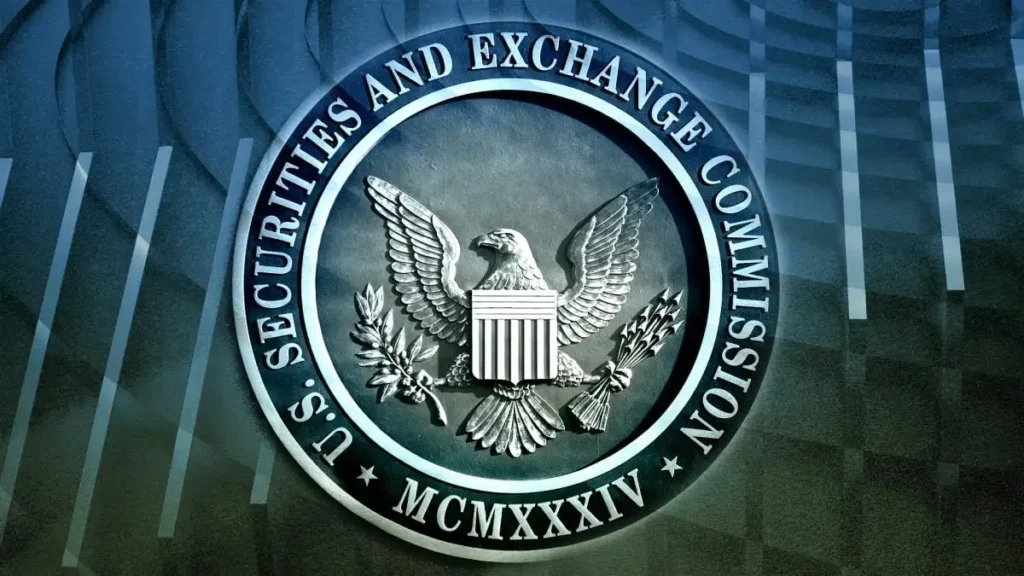The U.S. SEC recently clarified that proof‑of‑stake (PoS) tokens—such as Ethereum—don’t qualify as securities. This ruling has significant implications for crypto users and the broader ecosystem.
Here’s what it means and how you should position your portfolio.
1. SEC’s Stand: Non‑Security But Not No-Regulation
According to official SEC statements, staking ETH and similar PoS tokens is not considered securities, though they are still subject to custody and tax compliance rules. This opens doors for:
- More platforms to offer staking services without legal barriers
- Institutional products (e.g., staking ETFs) to develop
- Retail users to stake without fear of regulatory crackdowns
But legal clarity doesn’t mean zero oversight—expect continued reporting and transparency requirements.
2. Stake Smart: Advantages & Assets
With the stamp of approval, staking becomes more accessible across platforms:
- 🔒 Institutional-grade service expansion—Binance, Coinbase, Kraken
- 💰 Yield certainty—Protocols can advertise APR more confidently
- 🔄 On-chain DeFi staking continues scaling on platforms like Lido or Rocket Pool
Portfolio tip: Adding 5–15% staked ETH can boost returns with minimal custody complexity.
3. What This Means for Different Investor Profiles
- Newcomers: Easier access to staking via trusted CeFi platforms
- Intermediate users: Can use xETH tokens (e.g., stETH) to participate in DeFi
- Advanced users: Explore liquid staking derivatives and staking pools
Goal: Align your staking strategy with risk appetite, custody preference, and time horizon.
4. Custody Matters Post‑Regulation
With regulatory oversight increasing:
- You need to prove ownership for tax purposes
- You must store staking rewards in trackable locations
Best practice: Use a hardware wallet like Ledger for self‑custody, and stake via platforms that support your setup.
5. How to Respond Strategically
- ✅ Evaluate stake allocation—set 5–15% of ETH for staking
- 📲 Choose platforms with transparent, compliant staking pools (e.g. Binance)
- 📝 Keep thorough records for tax and regulatory compliance
- 🔄 Consider liquid staking for flexible DeFi access
Your staking strategy can now move forward with more legal confidence—but governance and execution still matter.
Related Reads from The Coin Vibe
- Bloomberg Analyst Wonders Why Memecoin ETFs Haven’t Arrived—Will ‘Fartcoin’ Be Next?
- Crypto STelegram Enables ‘Institutional-Grade TON Staking at Just $30 Entryelf-Custody: What It Is and Why It Matters
✅ Bonus CTA
Secure your staking journey:
Stake through Binance for transparent yield and liquidity.
Store your tokens safely with Ledger—your keys, your rewards.



